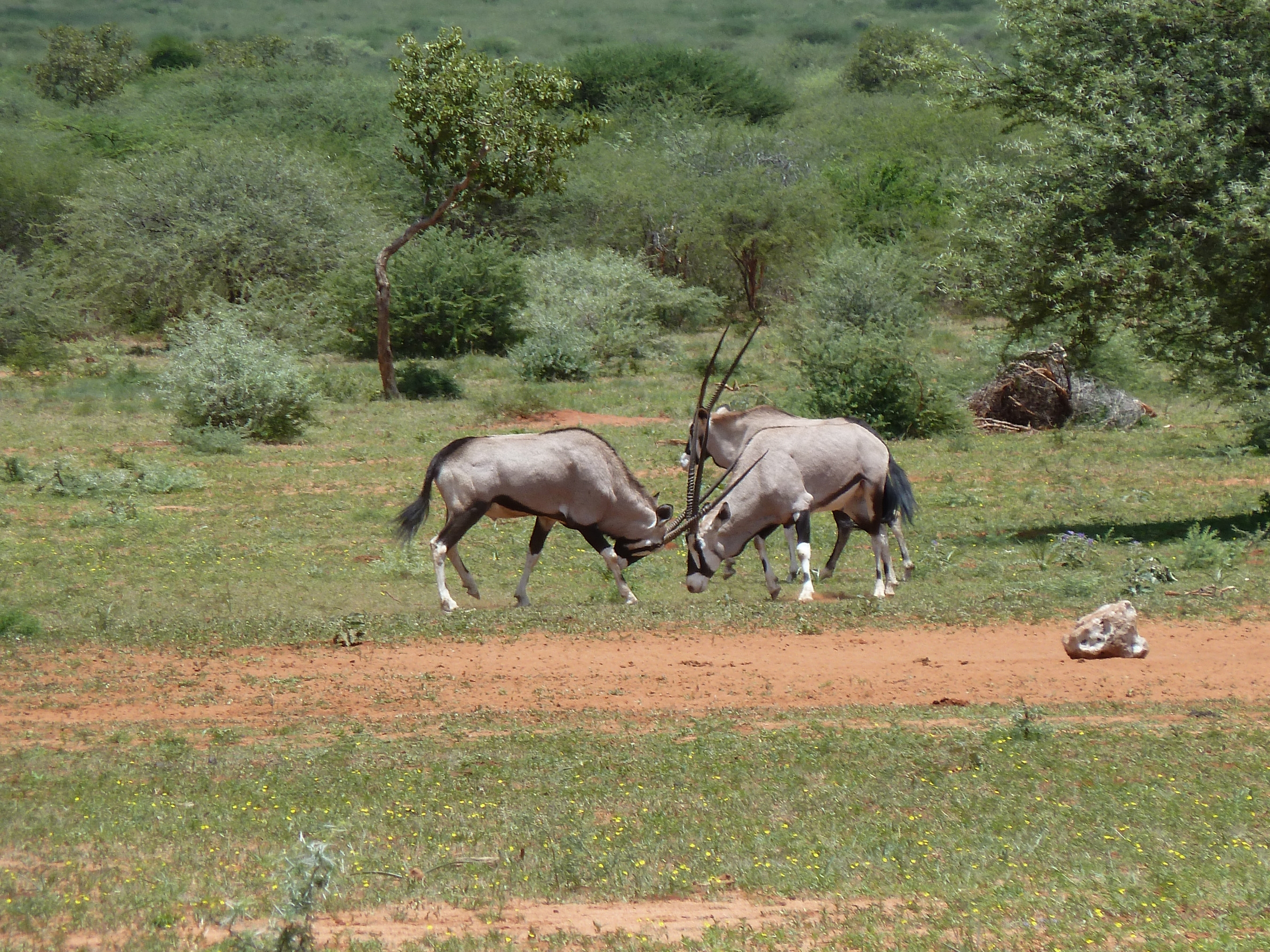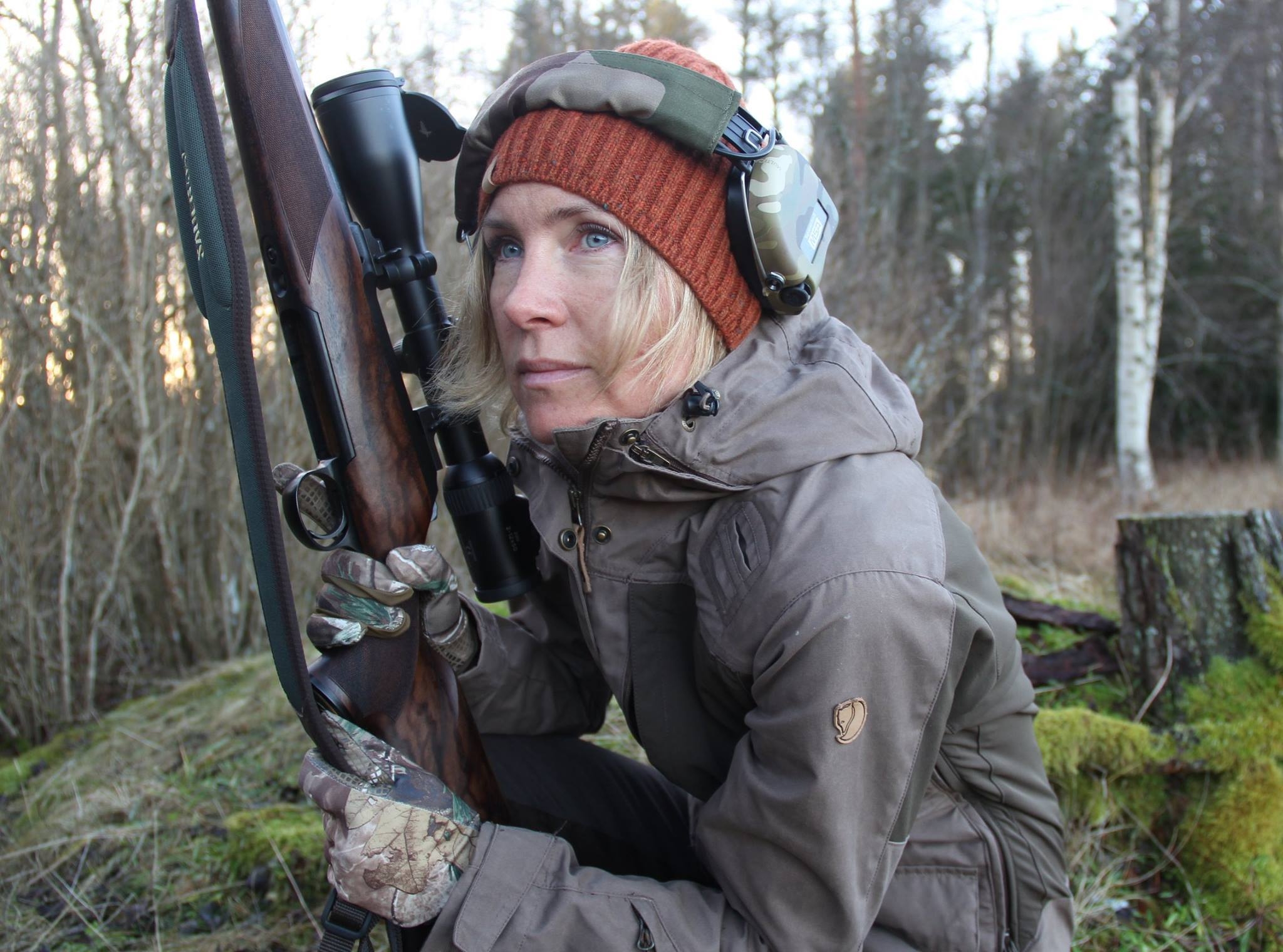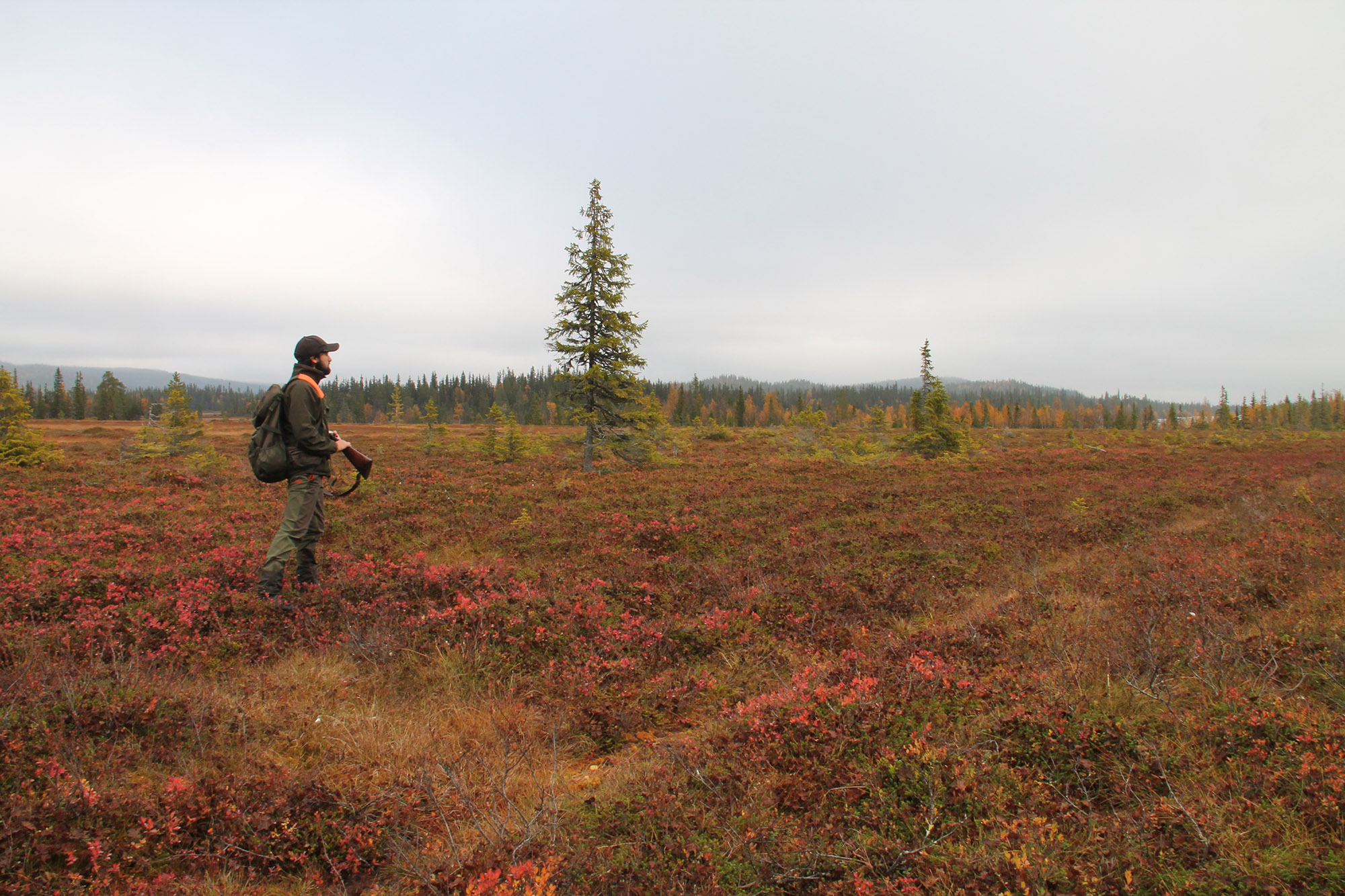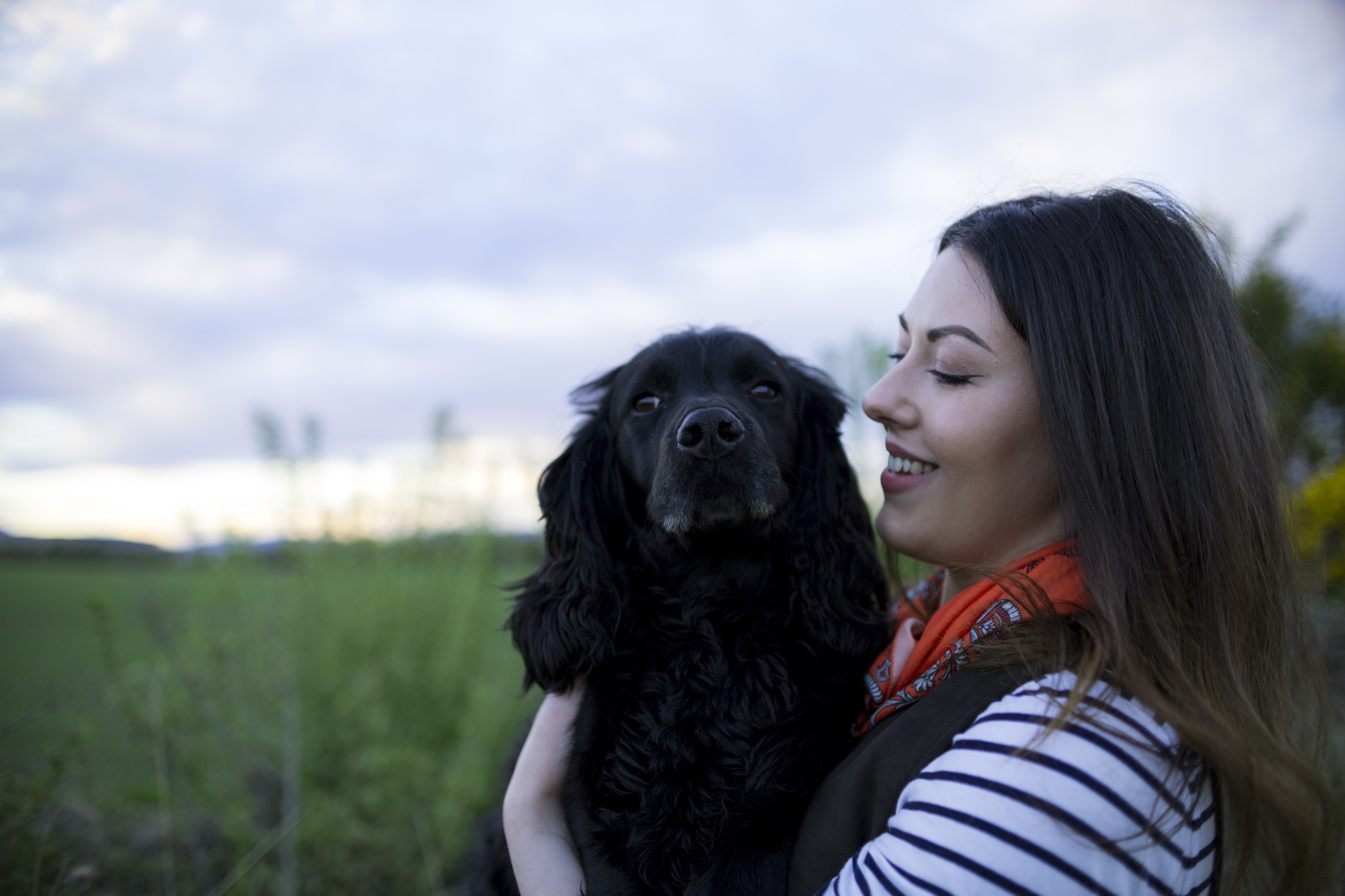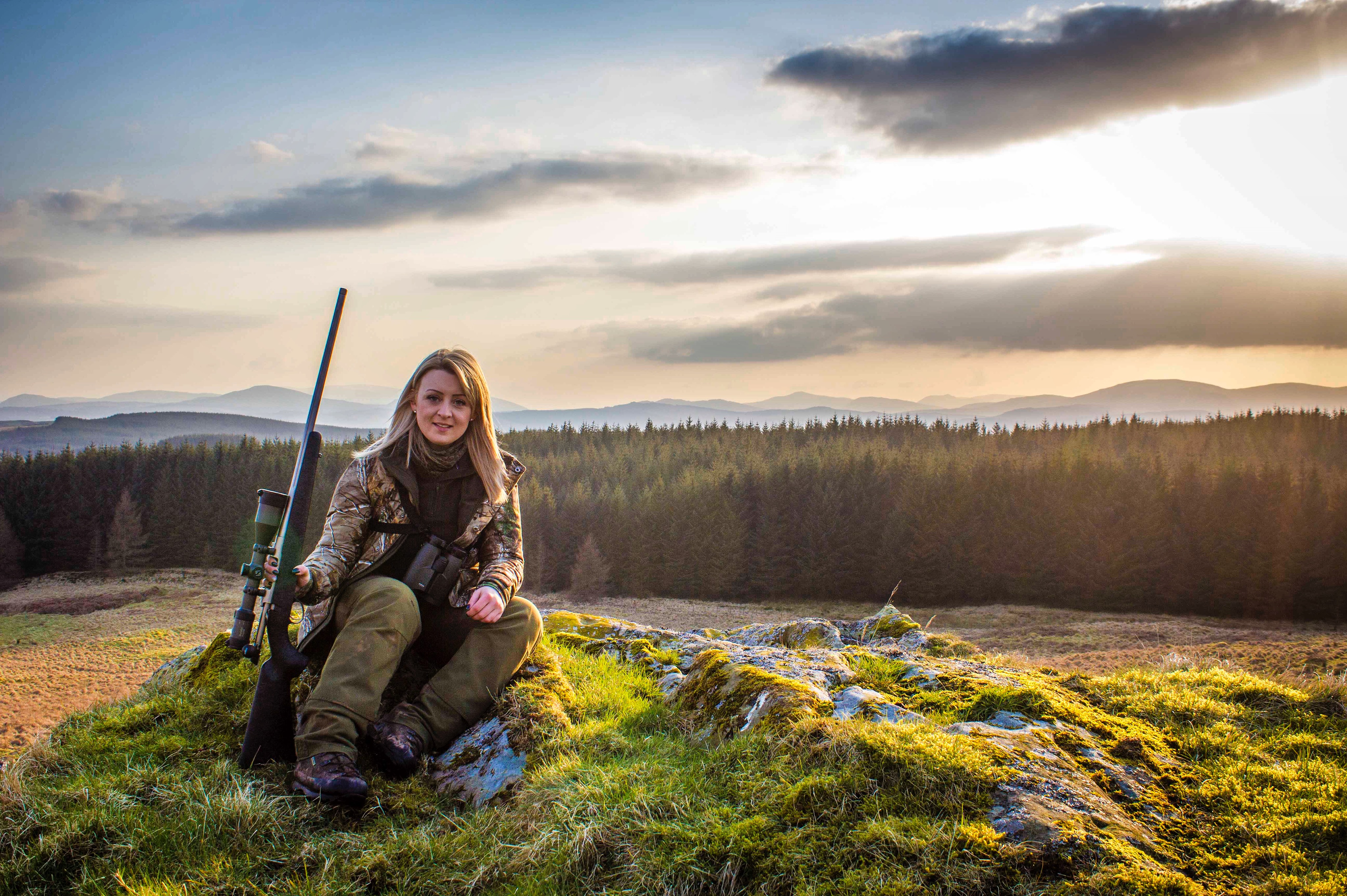Keep an eye on your eyes - why hunters need eye protction
Accidents in hunting can happen as in any other sporting discipline or working environment, and one or more organs can be affected, starting with the eyes, which are particularly sensitive. They are as important as they are difficult to "repair", and damages often risk turning into real permanent disabilities. It's amazing how many hunters get hit with an errant birdshot or a ricochet. Even excessive powder can blow back and burn your eyes. Eyewear will also protect eyes when spent cartridges are ejected from the firearm. Even the flash of a muzzle can cause damage. Many people wear eye protection when using firearms. We should value our eyesight as highly as our hearing. That's why adequate prevention is important, whose cornerstones are:
- Correct information about alle safety rules when hunting or using a gun
- Adequate level of personal attention – always and everywhere
- Use of appropriate protective eyewear (and please don’t forget your ears)
The dangers of the woods – and not just those – for our eyes
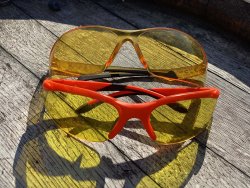
First of all, it must be said that the potential dangers for our eyes we can find in a forest, and more generally when hunting, are of two distinct types – even if sometimes, and we will find out why, they can combine:
- On the one hand there are natural dangers, that is, those already present in the environment we get into;
- On the other hand, man-made dangers, that is potential sources of danger coming from other participants in our hunting trips.
By potential natural dangers we mean all those sharp or thorny plants, up to any branch of the forest and undergrowth that can act as a whip because of their elasticity, hitting us because of incorrect or distracted behavior from ourselves or our "friends".
We are therefore talking about brooms and thorns, brambles, acacias and junipers, but also any other shrub species of the undergrowth. Not to mention the various more or less dry and broken branches – even small pieces carried by the wind, which make them as dangerous as pins, nails or knives. All elements that, through carelessness and/or misbehavior, can turn from "wonderful furnishings of our paradise" into real weapons capable of causing painful wounds and impairments of various degree.
Take a deep breath, anyway: as we said, there are rules and systems that can make us almost absolutely safe even in this respect. It is enough to know and follow in order the indications that we feel like suggesting! I say that because I have been through that myself, and not just once...
Safety rules, when you are hunting alone...
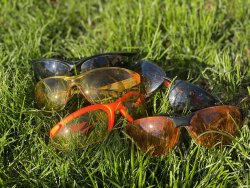
The beeper sounds, the dogs have stopped in the thick of the woods at 100, 150 meters. Here's that with your heart in your throat you get ready to shoot, forgetting everything and looking forward to the moment of the bird's flight. Here we are, here is the problem: in "forgetting everything". In fact, it is precisely in the paroxysm of certain hunting actions that we forget the most elementary safety rules and become careless of our surroundings. In other words, all caution and carefulness are lost, and perhaps a hasty step is taken without paying attention to what surrounds us. This is where an unseen sharp edge can injure us. It is here that a hastily moved branch can act as a whip, striking us in the face, and therefore in our eyes, while we are all intent only on hunting!
Not only that – sometimes all it takes is a sudden gust of wind to slam us in the face with branches, which can be really hurtful. It happened to me 100 times, and after 3 or 4 times in which I had also suffered minor eye damage, I finally learned my lesson...
...when hunting with friends
Here there are usually two types of dangers. The main one is when you walk single file through the thicket. And those ahead, walking and scrambling, act as real loaders for the elastic springs that branches and twigs can be, transforming into real blunt objects for those behind or in close proximity.
The basic rules to protect your eyes (for hunters and shooters)
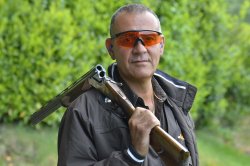
Protective eyewear: let's learn from shooting ranges! To enter and attend a shooting range protective eyewear is always required. Why? That's right, just to protect your eyes from small, possible debris from powder combustion, as well as from any splinters of various materials and ricochets! Protective eyewear prevent virtually from any damage caused by any type of plant, too. Personally, I always wear it. And by always, I mean always!
With dark lenses on sunny days and/or good light. With clear lenses when it's cloudy. Even with yellow or orange lenses on foggy days with poor visibility.
There are of all prices and shapes, from the ultra-professional ones to those that are every bit as good but very cheap. If you opt for work safety glasses (any well-stocked hardware store sells them, and online you can find all kinds), you will be sure of excellent performance while protecting your wallet too!
They should be snug-fitting, with comfortable temples and practical rubber inserts on the temple tips and nose pads, and with good quality lenses. They saved me 100 times, and on a couple of occasions they have even been essential against pellets clumsily fired by those who were with me hunting quails. Even if my lenses cracked, my eyes weren't harmed in the least, and I have thanked the heavens 1000 times over for this habit of mine, which is now a rule for me.
There were those who made fun of me for this "fixation", considering it almost a "fancy" habit. One of them, unfortunately, was in hospital two hours later to have a pellet removed from his cornea, shot by a friend during a woodcock hunt. And he didn't feel like laughing or joking anymore...
I have to be honest, going out hunting without safety goggles is like wearing flip-flops instead of boots as far as my feet are concerned. Would you go hunting woodcocks or wild boars with flip-flops on your feet on a cold November morning among the woods and rocks? That's the same thing. So, get yourself 2 or 3 pairs as soon as possible. Keep them in your car at all times. Take with you also a suitable cloth to keep them always clean. You won't regret it.
Glasses for sure, but common sense too, to protect your eyes
Beware: glasses protect you a lot, but your brain – and the way you use it – will protect you even more. I mean, the fact that you have a seatbelt in the car or a helmet on a motorcycle does not in any way exempt you from always being careful and not run around like a moron!
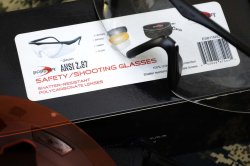
What does hunting mean? Simple: to always be very careful in any case. Not to move around like overexcited people. To never take anything for granted. To always have an eye on everything that surrounds you in terms of the environment - even when repairing a shed of branches. Pick up the branch firmly and move it carefully. When you are among branches, move slowly and with no rush. Before releasing a branch, take care to place yourself in a safe position. When you accelerate your pace to follow the dogs, double your caution instead of zeroing it.
It's a few simple but basic rules... And don't forget your glasses!!! And please don't forget that there are special standards for protective eyewear. With ANSI standard 287.1 you are literally speking on the "safe side".
When you are in company: when hunting and walking in company, I respect two simple rules:
- Never walk in close proximity of others, but always at an appropriate safety distance basing on the terrain and environment (as a rule, never less than 3 meters minimum from each other);
- Whoever comes behind is responsible for himself/herself, since the one in front can't see him/her! This means that it is always the responsibility of the one following to think for himself/herself, without ever relying on the attention paid by those who walk ahead.
The second, potential group of problems concern shooting. Well, here too it is sufficient to always think that caution is never too much!
So, shoot only where you can see well, after being 100% sure about the position of your friends, never shoot at eye level, and in all other cases avoid shooting at all. Ditto, it is a good idea to think about passive safety by wearing high visibility clothing, always being identified and located. For the good result of a hunting trip, for everyone's safety!
Please click here if you want to know more about our author Andrea Aromatico






